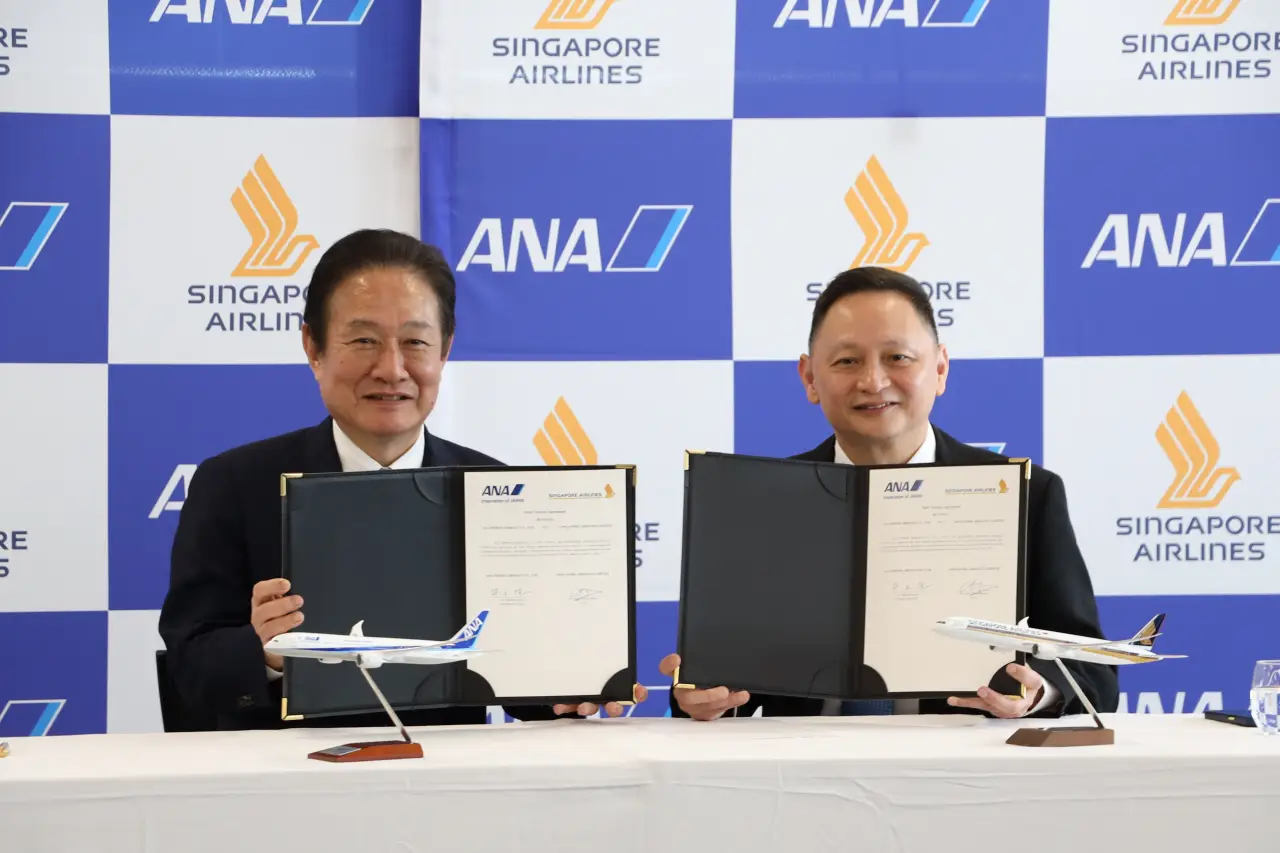Finavia is setting an example in emissions reduction and accelerating its climate programme. The objective is for all Finavia airports to be carbon neutral in 2019, one year earlier than previously planned.
“It is important for air traffic operators to develop their operations to reduce emissions. We want to set an example and be a leader in our field,” says Henri Hansson, Technical Director at Finavia.
Airport operations give rise to direct and indirect carbon dioxide emissions. The indirect emissions arise from the electricity consumption of terminals as well as heating, cooling and lighting, among other things. Finavia has reduced these emissions in various ways.
A solar plant on the roof of Helsinki Airport
“Our entire electricity consumption last year consisted of certified wind power acquired from the Nordic electricity markets. The largest solar plant among Nordic airports is currently under construction at Helsinki Airport. Ten Finavia airports use pellets for carbon-neutral heating. We also employ solutions such as geothermal heating and energy-efficient LED lights,” Hansson explains.
The direct carbon dioxide emissions of Finavia’s operations arise mainly from the fuel consumption of the airports’ own vehicles.
“At Helsinki Airport and our airports in Lapland, we have begun using renewable diesel fuel produced from waste and residues. This year, renewable diesel will be introduced at all Finavia airports,” Hansson adds.
The objectives of the climate programme have also been taken into consideration in the construction of new facilities. Helsinki Airport is currently being expanded and the new premises are being developed in line with the criteria laid out in the BREEAM environmental certification framework. The south wing, which opened in 2017, has already been certified with an Excellent rating.
Finavia offsets all business travel by its personnel
Not all emissions arising from airport operations can be avoided. Carbon dioxide emissions arise from heating and the use of fossil fuels in machinery and during business travel by Finavia’s personnel, for example. To achieve carbon neutrality, Finavia offsets these emissions.
Finavia has acquired emissions offsets from the international carbon markets. The partner in the project is NEFCO, a Nordic financial institution established by the countries of Finland, Sweden, Norway, Denmark and Iceland to provide financing for environmental and climate projects.
“The emissions offsets are acquired from a Gold Standard certified project that improves the energy efficiency of small households in Ghana. Efficient stoves reduce the cutting down of local forests to obtain firewood,” Hansson explains.
Information about the carbon neutrality certification process for airports
Finavia is one of the key players in the joint commitment of European airport operators to have 100 carbon neutral airports in Europe by 2030. Finavia’s airports comprise 20% of this goal.
The international Airport Carbon Accreditation (ACA) programme consists of four levels. At Level 1, the airport is required to monitor the carbon dioxide emissions it generates. At Level 2, the airport must show that emissions are being reduced. At Level 3, the airport is required to engage other operators at the airport to pursue reductions in emissions. At Level 3+, the airport must offset its remaining carbon dioxide emissions. The airport can then be certified as carbon neutral.
Among Finavia’s airports, Helsinki Airport was certified as carbon neutral in 2017. The airports in Lapland reached Level 3 of the programme last year and they are set to be certified as carbon neutral later this spring, following the verification of emissions offsetting, which is currently in progress.
Offsetting measures will also be taken at other airports in Finavia’s network this year, but due to the accelerated schedule, they will not yet be included in the certification process. Nevertheless, as a result of the offsetting measures, all Finavia airports will be carbon neutral this year.
Aviation is the world’s first industry to implement a global emissions management system
The management of emissions in aviation is absolutely essential for the industry’s continued ability to offer people the opportunity to fly. Recognising this, the international aviation sector takes climate-related efforts very seriously.
The aviation industry as a whole is the world’s first industry to implement a global emissions management system. The CORSIA mechanism developed by the International Civil Aviation Organization (ICAO) guarantees that net aviation emissions will be frozen at 2020 levels, even as passenger volumes grow. The industry’s long-term goal is to halve carbon dioxide emissions by 2050.
“Finavia wants Finns to be able to fly even a hundred years from now. To that end, we are participating in financing the purchasing and testing of Finland’s first fully electric aircraft. We believe that electric aircraft will be a realistic option for short-haul flights within a couple of decades,” Hansson says.












